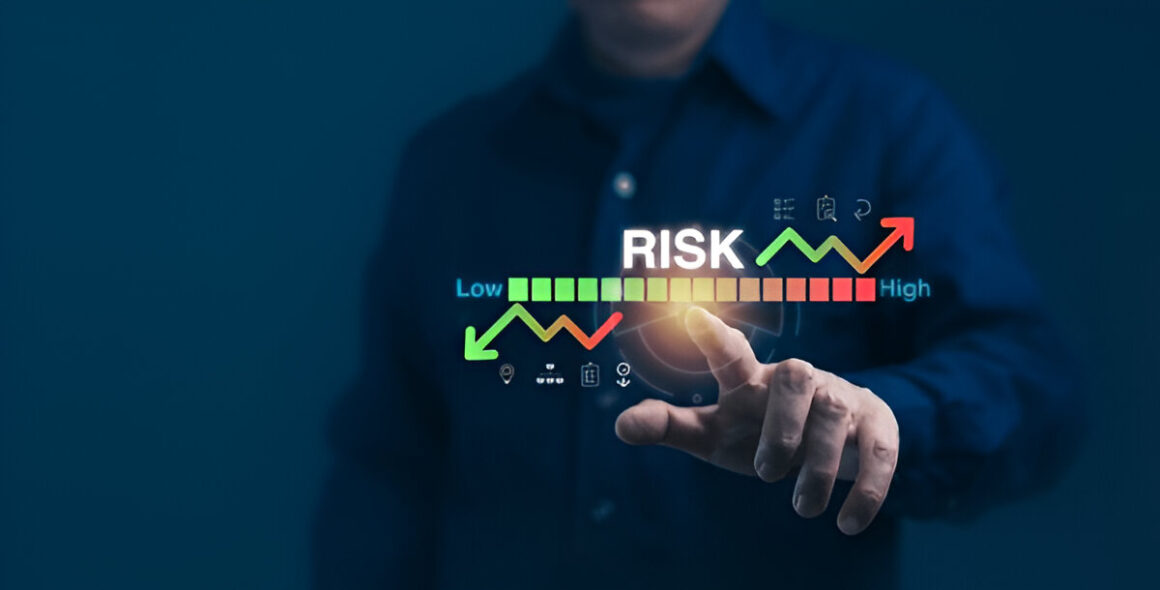Ever stared at your charts, confident in your setup—until another indicator points the other way? You’re not alone. Knowing how to validate technical analysis is one of the most essential skills for any trader. In a world of conflicting signals, flashy indicators, and market noise, it’s not just about spotting a pattern—it’s about confirming it.
So, what do you do when your tools don’t agree? Let’s break it down.
1. Zoom Out to Find Clarity
The first step in learning how to validate technical analysis is to step back—literally. Zoom out to higher timeframes.
A bearish flag on the 15-minute chart might just be a blip on a broader uptrend. Always compare your short-term analysis with daily or weekly charts before pulling the trigger.
Pro tip: I’ve dodged more than a few bad trades by simply checking the trend on the 4-hour chart. Context is everything.
2. Let Price Action Be Your Guide
Indicators can contradict each other, but validating technical analysis often comes down to what the price itself is telling you.
Watch for:
- Consistent higher highs and lows in an uptrend
- Support and resistance confirmation
- Candlestick patterns with strong volume
When in doubt, follow the price. It reflects real buyer and seller behavior, not assumptions.
3. Use Confluence to Strengthen Confidence
One of the smartest ways to learn how to validate technical analysis is by using confluence—multiple factors aligning to support your idea.
Let’s say you spot:
- A bullish engulfing pattern
- Near the 61.8% Fibonacci retracement
- At a key support level
- With rising volume
That’s not just a hunch—that’s validated technical analysis with confidence.
Use multiple tools together: RSI, MACD, moving averages, trendlines. Look for agreement. When several indicators confirm the same narrative, your setup becomes more reliable.
4. Cross-Check with Fundamentals
Even as a technical trader, don’t ignore the fundamentals. Sometimes, learning how to validate technical analysis means checking the “why” behind the “what.”
If your charts suggest a breakout, but the company’s earnings miss, that’s a red flag. Or if you’re trading forex and a central bank is making noise—pause.
Remember, technicals show probabilities. Fundamentals explain context.
5. Back-Test and Refine Your Method
Back-testing is your personal time machine. Want to know how to validate technical analysis that actually works? Test it in previous market cycles.
Look at:
- Win/loss ratios
- Entry and exit signals
- Indicator performance in volatile vs. trending markets
If a pattern consistently underperforms, ditch it. That’s how pros refine their edge.
Bonus tip: Use tools like Trading View’s bar replay or a paper trading account to test strategies in real time without the risk.
6. Ask for a Second Pair of Eyes
Still unsure? That’s okay. Even experienced traders get stuck. Part of learning how to validate technical analysis is developing humility.
Share your setup with a trusted trading friend or community. They might spot something you missed—or confirm your idea.
Just don’t seek validation for ego’s sake. Seek clarity. Validation comes from logic, not likes.
Validation Brings Confidence, Not Certainty
There’s no magic formula, no perfect setup. The market is unpredictable. But when you know how to validate technical analysis—with confluence, price action, higher timeframes, and critical thinking—you trade smarter.
The goal isn’t to be right every time. The goal is to be confident in your process, even when the market throws curveballs.
🔗 Investopedia Guide: How to Use Technical Analysis


Leave a Reply